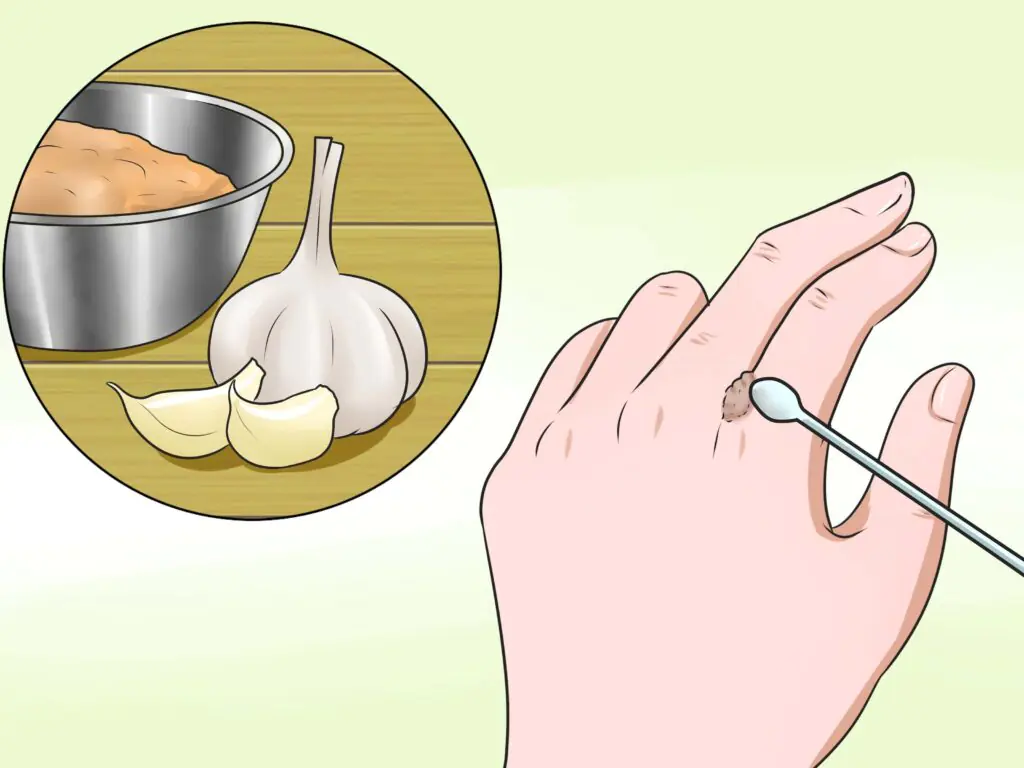What is a wart?
A wart is a noncancerous, benign skin growth caused by the human papillomavirus (HPV), which infects the squamous epithelial cells on the surface of the skin, producing a hard, rough “papilloma.” A wart is contagious and spreads through physical contact, even without direct skin-to-skin contact. Warts can be spread by sharing razors and towels or by using shared showers. Read more.

HPV is extremely common. A recent study at New York University Langone Medical Center found that 70% of adults are actively infected with one or more strains of HPV. Although warts are most common in children and teenagers, they can affect people of any age.
Although not all strains of HPV cause warts, most people develop one or more warts at some point in their lives, most on the hands or feet.
Genital warts are also caused by a strain of HPV, but their treatment is beyond the scope of this article.
Types of warts
Warts come in different textures and sizes. Some varieties appear in clusters and cover a large area, while others are more likely to appear in only one location. Some warts are the same color as the surrounding skin, while others are more grayish-brown in color.
Each of the more than 130 varieties of HPV is typically only able to infect a few isolated areas of the body. Some warts appear most often on the hands, others appear only on the soles of the feet, and still others are found primarily on the face.
A “common wart” or “verruca vulgaris” usually rises above the surface of the surrounding skin and has a rough, uneven surface. Common warts are usually found on the hands, and less commonly in other places on the body. They are also sometimes called “junior warts” or “Palmer warts.”
Unlike a regular wart, a “flat wart” or “verruca plana” has a smooth surface and often accumulates in large numbers. They are commonly found on the hands, wrists and knees, as well as the face and neck.
“Plantar warts” or “verruca plantaris” are also very common. These hard lumps appear on the soles of the feet and can be painful if not treated promptly.
While most warts appear on the hands and feet, “filamentous warts” appear on the face, usually around the nose, lips and chin. These warts are characterized by thread-like growths or bumps that radiate outward from the center.
Periungual warts form in clusters around the fingernails and toenails. The incidence of periungual warts is higher in people who bite their nails.
Professional Wart Removal Options
Besides being unsightly, warts are usually harmless. In people with normal immune systems, warts usually go away on their own after a few weeks or months; however, for most people, waiting is not the preferred solution. Professional clinical solutions provide the fastest path to recovery.
These treatments aim to remove warts without leaving a visible scar and include prescription medications, laser resurfacing, and cryotherapy. What treatment doctors recommend depends on the type of wart and its location.
It is important to note that treating warts does not necessarily prevent them from coming back or spreading, because although the wart itself has been removed, the underlying HPV infection may still persist.
Cantharidin should only be used in a doctor's office and is considered an extremely dangerous substance. Cantharidin causes the skin to blister and destroy the wart.
Imiquimod belongs to a class of drugs that boost the body's immune response to fight the HPV virus. Imiquimod is available as a topical medication and can be used at home, but can only be obtained with a doctor's prescription.
Although imiquimod has been shown to be an effective treatment, it can take a long time. Treatment can last up to sixteen weeks, depending on the type and location of the wart.
Laser surgery uses intense light to burn off warts. It is performed in a doctor's office and is recommended for large warts. The procedure can be performed under local or general anesthesia depending on the type, location and number of warts. However, local anesthesia is more common.
In most cases, laser surgery does not leave visible scars. After laser surgery, the treated area may be painful for several days. The exact recovery time will depend on the size and type of warts.



